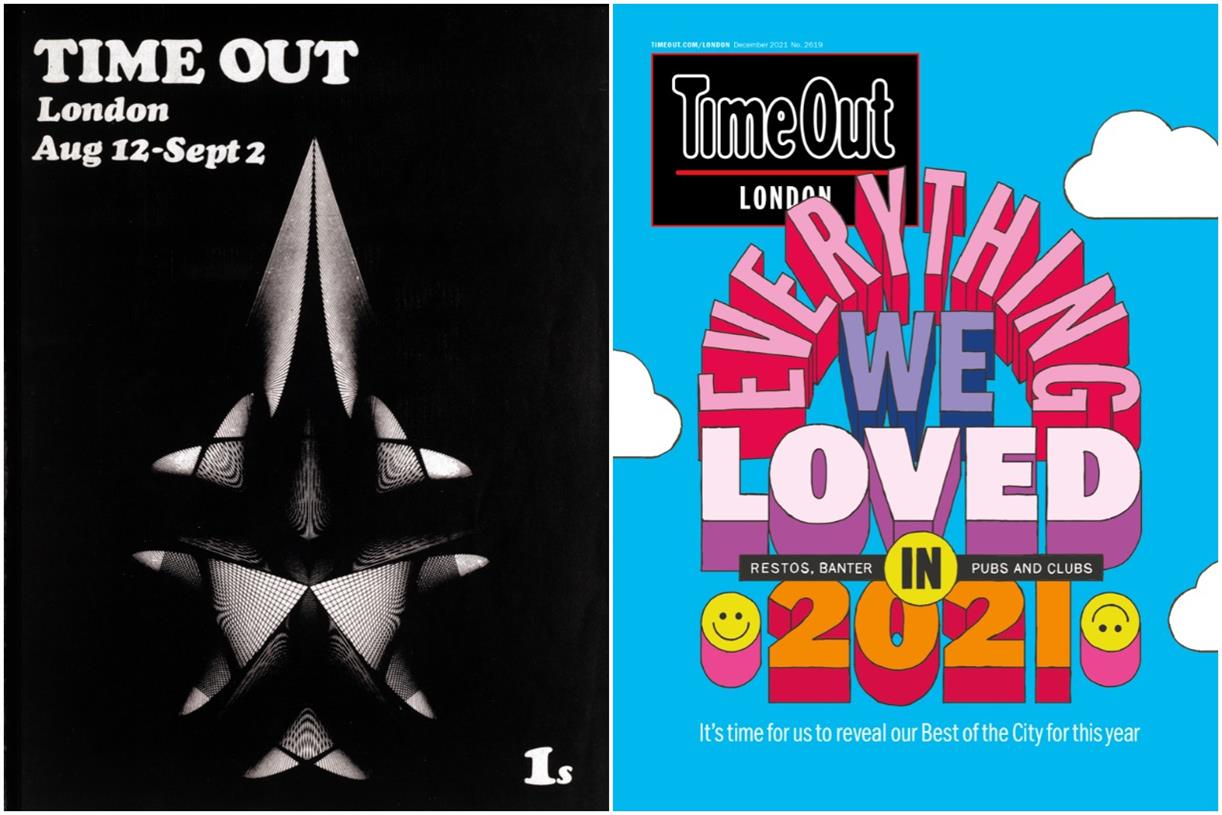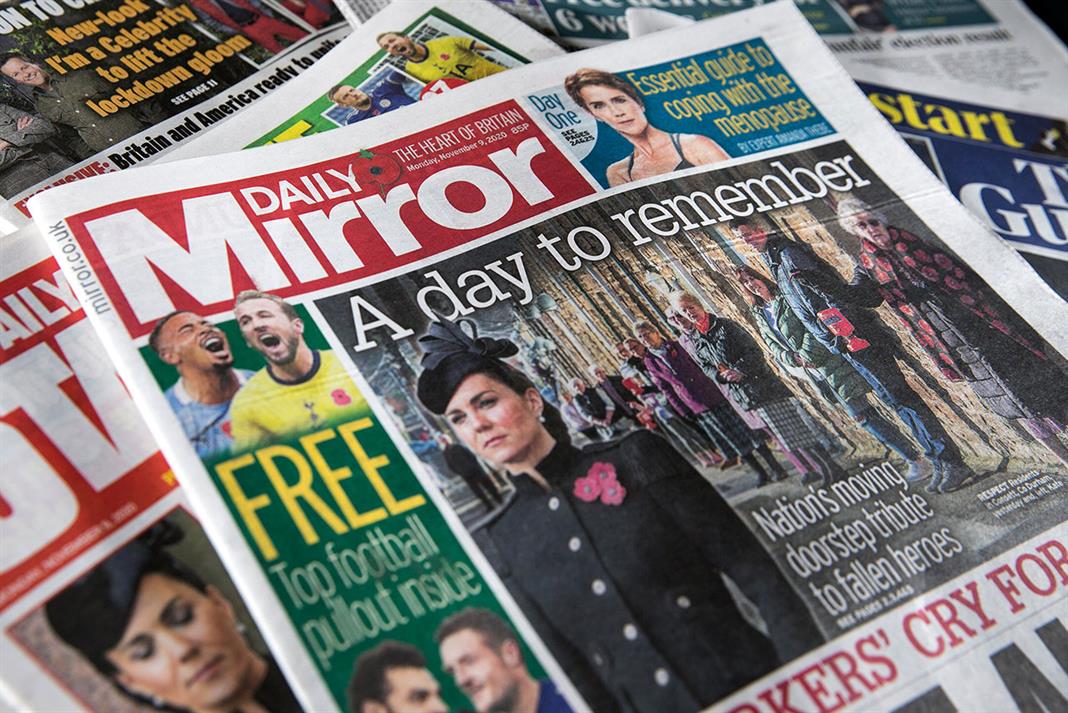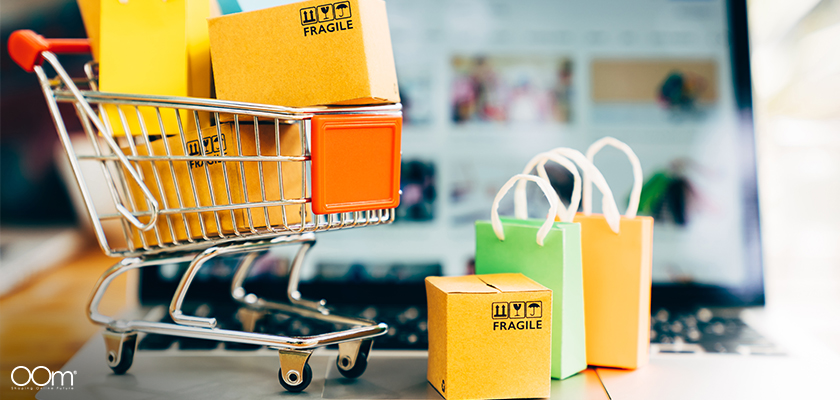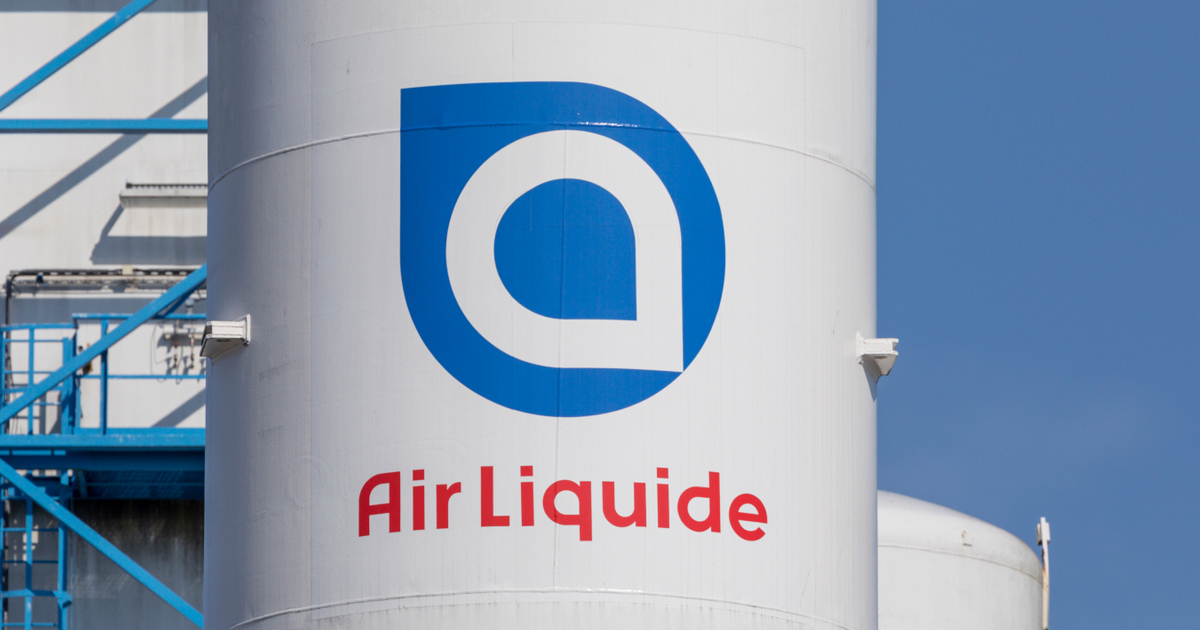End of an era for Time Out as it stops London print edition after 54 years
Publisher will focus on digital, social and Time Out Market.

Time Out Group has announced it will be stopping publication of its London print magazine in June 2022 in a move designed to prioritise its digital presence in the aftermath of the pandemic and a series of lockdowns.
The media company noted that the majority of its growth has been through its digital channels and that it would therefore place its focus on digital, social and its events and restaurant arm, Time Out Market.
With a global audience of 76.2 million people, Time Out reaches 333 cities in 59 countries across various media channels, including digital, social, video and print, with an additional seven Time Out Markets across the world.
Time Out published its first edition in London in August 1968, the same year that Campaign made its publishing debut, and was known for its radical journalism and liberal viewpoint. It was founded by Tony Elliott, who created the magazine from his mother's kitchen table. Elliott died in the summer of 2020.
Originally a paid-for title in London, until 2012, it became a free, ad-funded print magazine in response to changing reader habits and the rise of other free titles such as Metro and Stylist.
The events and listings title has evolved and expanded internationally, winning International Brand of the Year at last year's Campaign Publishing Awards, where the judges credited the company for reinventing itself during lockdown.
At a time where many were confined to their homes and unable to explore the city, Time Out reacted quickly to the impact of the pandemic.
As a result, Time Out rebranded to Time In, setting out to help people discover things they could do without leaving the comfort of their own homes.
Dave Calhoun, Time Out Group's designated chief content officer North America and UK, said lockdown "sped up the transformation" and the media company's decision to move from print to digital only.
"We've got this very simple mission, which we've always had since 1968: we want to help people have an amazing time in the best cities around the world," Calhoun explained.
"So we asked ourselves, how are we going to continue to do that? We're thriving on digital, we're thriving on social, we're thriving at events – our Time Out Markets are going great – print has become a kind of sideshow for us over the past few years.
"I've got a 10-year-old daughter, I want her to be using Time Out to explore the city and to travel in 10 years' time. I know she's not going to be doing that via a magazine, I do know that she'll be doing that via social media platforms that don't even exist yet."
Despite the end of its London print edition, Time Out will continue to print its hard-copy magazines in Barcelona, Madrid and Lisbon, which are produced on a monthly or quarterly basis.
Calhoun said that the relationship readers have with newspapers and magazines is "changing massively" around the world. However, in reference to Barcelona, Madrid and Lisbon, he noted that the print magazine remains "a fairly healthy part of their portfolio".
Chris Ohlund, chief executive of Time Out Group, said: “Time Out needs to make sure it’s creating the right content, on the right channels and platforms where our consumers are now.
"Our content celebrates the very best things to do in London and around the whole of the UK across culture, entertainment, travel, food, drink and all the other things we and our audience love.
“We will continue to innovate and grow our digital channels, especially across social media and video. We have already made progress with this same transition with huge success in the USA.
“The Time Out London magazine remains a big success, but we’re currently seeing the most exciting growth, engagement and innovation on our digital channels. That's why we're making the bold move to a digital-first model based on robust consumer insights, which is an exciting plan to keep Time Out relevant and thriving for years to come.”
For Time Out Group's latest unaudited results (released on 31 March this year), during the six months ending 31 December 2021 total ad sales hit £11.59m, up from £7.55m in the same period of 2020 – the height of lockdown. Print advertising grew 15% to £1.67m and digital advertising was up a much more significant 62% to £8.89m.
Group net revenue increased to £24.70m in the second half of 2021, up from £11.96m in the same period the year before. Group adjusted Ebitda also improved, from a loss of £6.22m in the second half of 2020 to just £849,000 in the second half of 2021.
Lockdown had a profound impact on the business, which is reflected in its performance during the 18 months to 30 June 2021, a period when people were mostly stuck at home .
Time Out Group earned £21.33m in ad sales, while in the 12 months to 31 December 2019, it earned a markedly higher £34.97m. Although it is not a directly comparable time period, print advertising fell significantly between those periods, down to £4.52m (2021) from £14.74m (2019) respectively, while digital advertising declined by a much smaller margin, to £14.92m from £16.35m.
Calhoun said on the decline in print ad revenue: "We've got a very, very loyal and cherished base of advertisers. We're confident we're going to continue to take them with us on this journey as we evolve."

 Kass
Kass 








![Consumer Behavior Statistics You Should Know in 2022 [New Data]](https://blog.hubspot.com/hubfs/consumer%20behavior%20statistics.jpg#keepProtocol)























